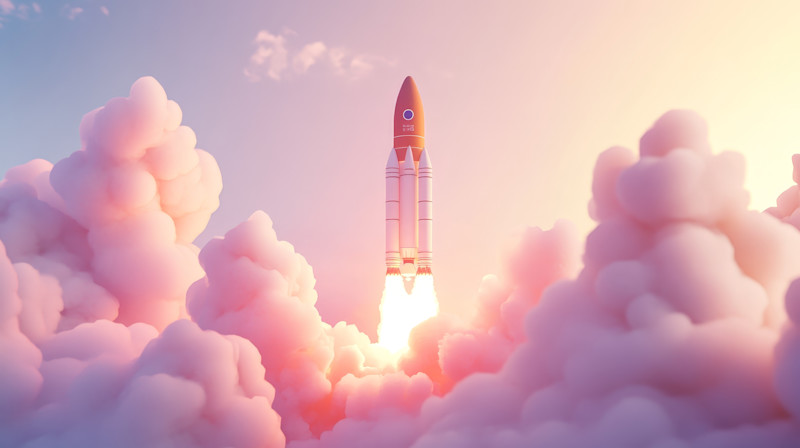Ever since humans began to fling objects into orbit, the quest into space has been intertwined with military competition between the United States and its rivals – which, for much of the 20th century, meant the Soviet Union.
Despite this hostile origin, the average American has benefited from investments in space technologies well beyond the safety and security afforded through military advances. For instance, less than a year after the 1957 Soviet launch of Sputnik, President Dwight D. Eisenhower signed the National Defense Education Act, the first student loan program in the United States. Today’s satellites that enable us to find the most efficient route to work each morning were originally developed as military technology. And between these two advances are countless other civilian benefits.
Wins (and Losses)
While the collapse of the Soviet Union in 1991 peacefully eliminated the chief rival of the United States, with it went the arms and technology race that had defined the preceding half-century. The Soviet fall led political scholar Francis Fukuyama to declare an end to the historical competition between the governing ideologies in what he famously declared was “the end of history,” meaning Western democracy had triumphed as the most advanced form of government, marking the end of humanity’s sociopolitical evolution.
Despite the United States’ involvement in numerous military conflicts since the end of the Cold War, none matched the existential threat that conflict with an equal power offered, and none came close to igniting the competition that drove scientific leaps throughout the 20th century. U.S. space programs became a casualty in the two decades following the Soviet Union’s dissolution: Human exploration was removed from the National Space Policy in 1996, and the United States officially abandoned its Space Shuttle program in 2011. The country that sent the first man to the moon turned to private companies and foreign governments to send people and projects into orbit.
A decade later, the United States found itself on the precipice of yet another period of great power struggles. Fukuyama commented in 2022 that if Western democratic countries were to fail in preventing a Russian success in Ukraine or Chinese invasion of Taiwan, it would point to the end of the “end of history.” It is in this climate of heightened geopolitical tensions that the push into space has been renewed and expanded.
No More 'Safe' Space?
The United States can draw on numerous lessons from the current war in Europe. After waging over two decades of asymmetric warfare in the Middle East, the United States must now reassess not only its tactics but the production and research capabilities it requires to compete with another great power. In the past, the military importance of space was confined to the most advanced intelligence gathering and weapons delivery systems. Today, the reliance on satellite guidance systems has made space critical to even low-level engagements with conventional weapons. This reliance only makes inevitable the expansion of the modern battlefield beyond the outer reaches of Earth’s atmosphere.
These evolving technologies and tactics of war will inspire a new generation of space exploration, once again creating technologies and programs that benefit the average person far beyond safety and stability – all afforded through heightened capability and in the name of rules-based international order. Just as machine tools were integral to providing the arsenal of democracy that won the Second World War, the advanced manufacturing technologies available today will be the booster that propels this next space race from the outer orbit of our imagination into reality.
To read the rest of the Space Issue of MT Magazine, click .









